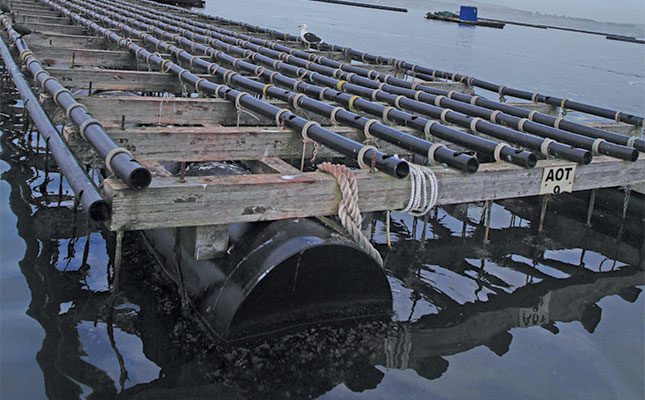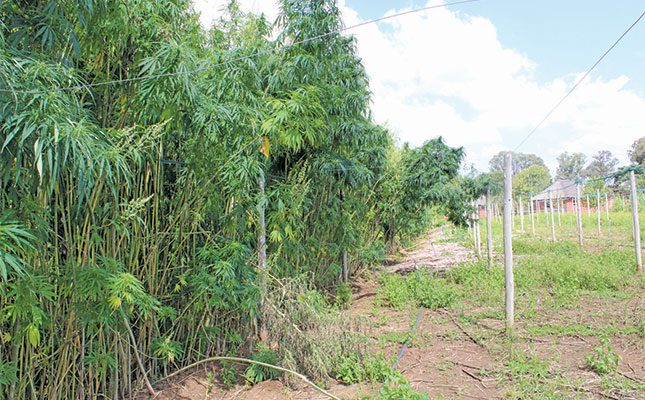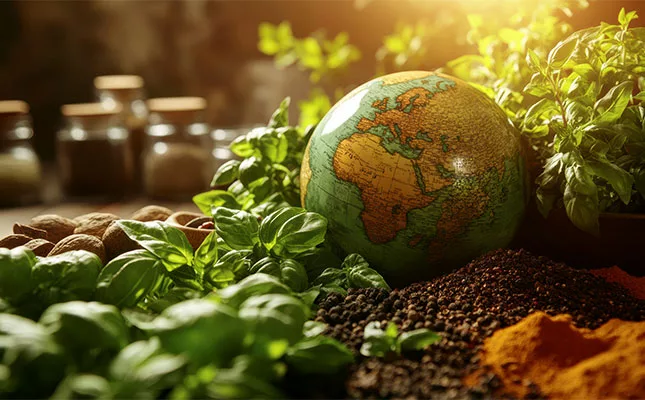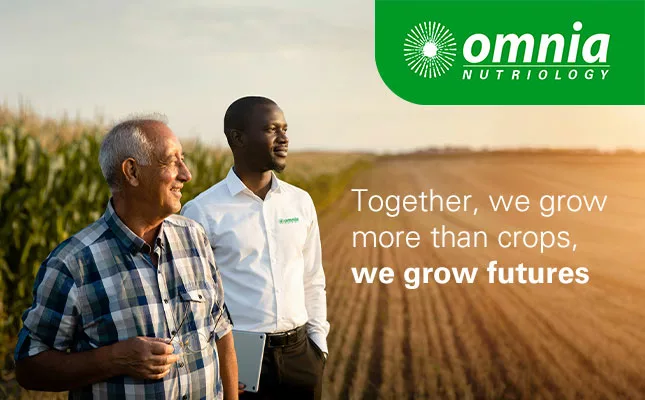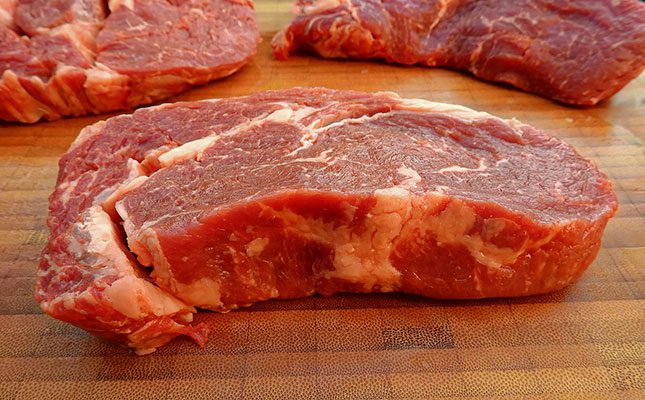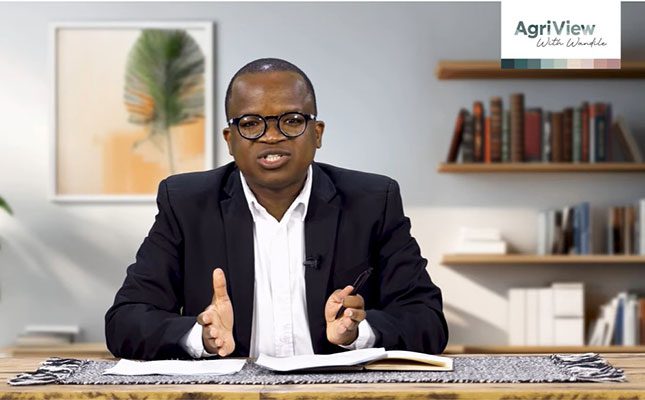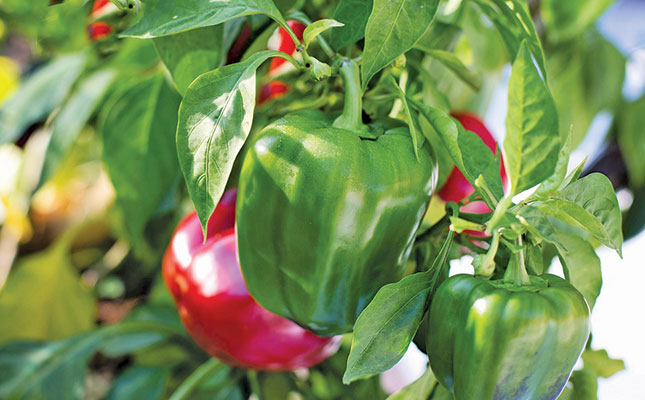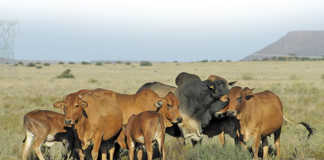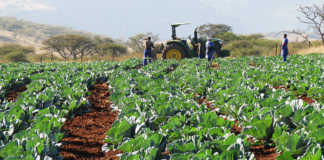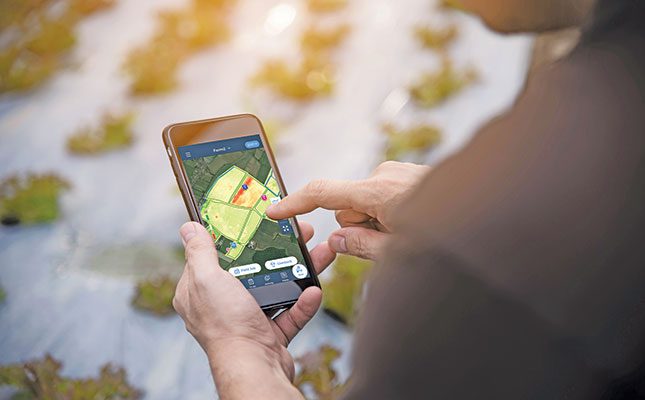
Photo: Supplied
Get the lie of the land with irrigation
The complexities involved in installing an irrigation system mean that farmers often don’t know how much they are in for until the last pipe is laid and the invoice is presented.
With Rivulis’s hydraulic tool, farmers can design and plan their irrigation systems on a cell phone app. The app includes prices from an extensive database of products, allowing farmers to get a tailored quote before starting work.
The app allows for lateral design, including factoring in the impact of sloping ground and lateral length required. The hydraulic tool automatically calculates the drop in water level as it flows through the system (referred to as head loss), the pressure required at the start of the system, and other parameters to create a design that delivers optimum performance.
Farmers are also able to do sub-main and mainline calculations to determine the optimum diameter and length configurations to meet the required flow rate.
Variables such as sloping ground and whether the sub-main is in the middle or at the end of the field, can be accounted for. The irrigation design component provides a quick overview of the overall system.
By entering the necessary information (water emission product, irrigation area, application rate, flow rate of water source and maximum available irrigation time), the hydraulic tool determines if the water source is sufficient for irrigation and shows necessary adjustments for desired applications.
The tool takes the guesswork out of irrigation system costs and means farmers won’t be left with nasty surprises when developing their farms.
Bring data together
The world has steadily moved from the rush towards data collection to making sense of the data using one application that collates information. This has become a competitive space, which means farmers are likely to find the exact tool they need to fit into their farming business.
Two applications that stand out in this sphere are Bigro and Fieldmargin. Bigro, developed by South African farmer Craig Hearne, gathers data from various interfaces to create a single platform farmers can run their farms from.
“Data is either collected from existing interfaces or alternatively, Bigro can collect and process the data for you. Farmers can then access all their reports in one place, from any device,” explains Hearne.
Key to the benefit of Bigro is that multiple login users allow for quick collaboration between employees on all levels. Access and visibility are filtered to ensure privacy and accessibility where needed.
Hearne notes that creating a digital footprint has become vital as companies increasingly need to account for all their actions. Bigro facilitates this footprint, digitising paper documents and production practices to create a full profile of the farm that can be used to optimise management or access financing.
Fieldmargin is a system developed in the UK and used all over the world to map farms, record crops and inputs, and plan rotations. Users can add detail with features like fences, gateways, buildings and water pipes.
The app also allows for multiple users, so tasks can easily be assigned to staff, with precise time, date and locations. Completed tasks can be recorded and notes added where needed and gross margin by field and by crop measured.
Another benefit of Fieldmargin is that livestock farmers can track animal numbers, set up herds, allocate them to specific fields that have been mapped, and calculate grazing days and pasture rest days.
Fieldmargin CEO Rob Carter says with the advent of regenerative farming, the technology is particularly useful as it offers a suite of features that empower farmers to keep accurate records, evaluate their impact, and make data-driven decisions on how to manage the soil.
“Farmers can record crops or livestock in fields, make cropping plans in minutes, refer to past cropping to ensure rotations are right, and plan farm cropping several years into the future.”
Virtual extension officer
Anyone trawling through a search engine to find information on a topic will know that it can take hours to find the right answer, especially one that is applicable to South African farming conditions.
The Hi Saai virtual extension officer however takes all the schlep out of finding localised farming answers. Developed by the Southern African Agri Initiative (Saai), Hi Saai works on WhatsApp to provide instant answers even faster than what you would get when texting a friend.
It’s a super consultant without the account, a full-time consultant analyst without the salary, and a partner without the profit-sharing. It works much like ChatGPT, where answers are given for specific questions asked, relying on information already in the public domain.
It can assist with most questions farmers will have about farming – whether deciding on which crops to plant when and where, how to approach crop protection and marketing, choosing a cattle breed for a specific area, or drawing up a business plan and budget.
The technology is constantly being improved and as more information is collated and more users come on board, the answers are set to become more detailed and applicable to a broader area.
Pest police
In addition to having a virtual extension officer on the farm, knowledge is also needed to identify plant diseases and pests present in a field. The Agrio app does just that by serving as a personal agronomist in your pocket.
Pictures can be taken of the problem or pest using the app. Agrio then identifies the issue and provides possible solutions.
The app is not foolproof and developers have yet to find a solution that offers 100% accuracy due to the complex nature of plant problems, which can manifest is different ways in different climates.
Agrio however tries to circumvent this problem by allowing growers to use the tool as an assistant or as a way to receive a second opinion from other users when there are doubts.
This is especially important when other sources of advice are unavailable, such as in countries in which availability of agronomists or extension officers is low. The images also provide a record of problems that can be referred to in future, with solutions that did or did not work.
The app constantly improves as more examples are presented. Agrio learns which treatment protocols are more effective based on the growers’ feedback and observations made in the lands.
The symptoms observed on the different plant parts and information on the geography and weather help to differentiate between problems. Similar to the process of medical diagnosis, the app will present questions to the growers that help them to arrive at the correct diagnosis in case the information in the images is insufficient.
On the horizon
Mechanisation is a big focus in the agricultural technology space, especially in regions where farm labour is scarce and expensive. South Africa has sufficient labour, and many farmers take a social responsibility view, preferring to employ people from local communities.
And while the technology is still prohibitively expensive for most farmers, and mostly suited to Northern Hemisphere conditions, it is likely to make its way down south at more affordable prices in the near future. Here are our top three innovations farmers can look forward to:
Autonomous fungicide
The ICARO X4 robot from Italian manufacturer Maschio Gaspardo not only navigates autonomously through vineyards but also determines the best time to combat harmful fungi, such as botrytis and mildew, using UV-C radiation.
‘Decisions’ are based on factors such as humidity and temperature, using its own weather station and locally trained algorithms.
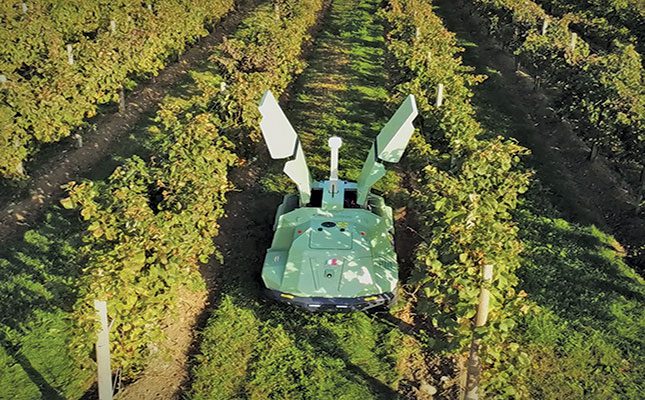
To apply UV-C radiation treatment, the robot is equipped with panels on both sides between the axles that can fold in and out like wings. During operation the panels bend over the tops of the vines and stop a few centimetres away from the leaves for optimal treatment.
The robot is powered by a small Kohler 2-cylinder diesel engine with a generator that charges the batteries when they are low. With a 70ℓ diesel tank, the ICARO X4 can work continuously for up to 24 hours a day and for three consecutive days before human intervention is required to refuel.
According to Maschio Gaspardo, the robot can keep around 10ha to 15ha of vineyards fungus-free, potentially reducing fungicide use by 50% to 70%. But at around R2,34 million, it has a hefty price tag.
Smart harvester
The Tortuga AgTech strawberry and table grape harvesting robot was the winner of the Future Farming Ag Robot of the Year 2024 award, and not without reason.
It is primarily designed for harvesting but also collects essential data for forecasts, treats plants with UV-C light and performs trimming.
The harvesting robot addresses one of the most significant challenges faced by agricultural businesses in the northern hemisphere: the shortage of affordable and skilled labour.
While this is problem South African farmers don’t necessarily have, the additional admin and risk that comes with hiring large workforces may make this robot appealing, were it not for the average running cost of R13/kg picked.
Nitrogen from the air
Nature provides a good dose of nitrogen when thunderstorms accompany rain. The high temperature of a lightning bolt can break the bonds of atmospheric nitrogen molecules.
Free nitrogen atoms in the air then bond with oxygen in the air to create nitrogen oxides, which dissolve in moisture to form nitrates that are carried to earth’s surface by rain.
Borrowing from nature, Canadian company FuelPositve has created a system that can be housed on-farm that uses the same principle of a thunderstorm to produce liquid fertiliser from water, air and electricity.
Since it is housed on-farm and uses renewable energy, the fertiliser comes without the heavy carbon footprint created in the traditional nitrogen production and transport process.
The FP-300 system is containerised and modular and can be expanded as needed. While the cost of the fertiliser produced is by far pricier than the conventional type, the benefit lies in its lower carbon footprint, which could be a determining factor for farming in the future.
By producing green ammonia on site, FuelPositive helps customers eliminate up to 4t/CO2 equivalent emissions per ton of green ammonia produced.
As with most new technologies, the cost will reduce as the technology becomes more advanced and scaled up, but for now farmers will be forking out about R13 million for a unit that will produce 100t/year of green ammonia. This excludes the power supply of 1MW solar array and 174 000ℓ of water per year.
The system has a lifecycle of “several decades”, so farmers will need to keep a close eye on fertiliser prices and supply to justify the expense.


